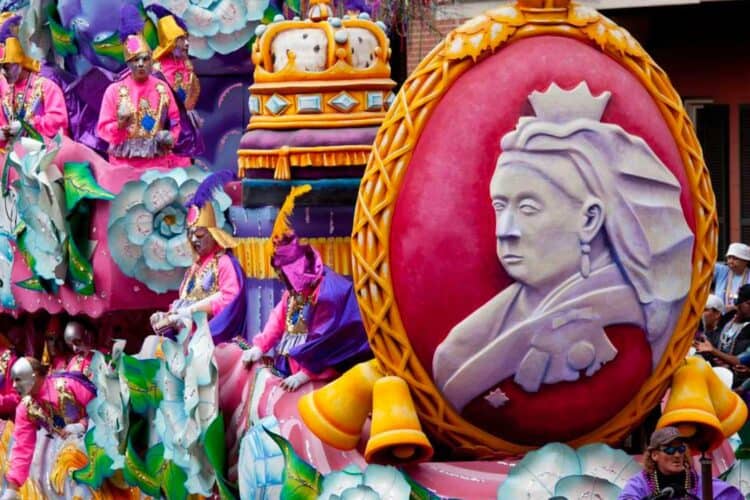For some, it is hard to not picture beads, masks, costumes and seemingly endless revelry when mentioning “Mardi Gras”. For others, the day holds more traditional, religious ties as it is the prelude to Lent.
Celebrated across cultures and countries in multiple ways, one has to wonder, what exactly is Mardi Gras and where does the tradition come from?
When does it occur?
Mardi Gras occurs on the Tuesday before Ash Wednesday, which marks the beginning of Lent for Christians around the world. In Christianity, Lent is a 40-day period of fasting and penitence.
In some countries, the pre-Lenten festivities start a bit earlier. Certain cultures hold week-long celebrations which culminate with Mardi Gras.
Why is it called Mardi Gras?
The term “Mardi Gras” is French, meaning Fat Tuesday. It used to be the last day that Christians would eat rich, fatty foods – such as meat, eggs and milk – before the Lenten sacrifice and fasting period began.
The tradition has multiple names around the world but one notable alternative term is “Shrove Tuesday”, derived from the word ‘shrive’, meaning to assign penance and give absolution after hearing confession.
Another known term associated with the festivity is “carnival”, derived from the Medieval Latin word carnelevarium meaning to remove or take away meat. It is a combination of the Latin words ‘carn-’, meaning flesh and ‘levare’ which means to put away.
What are the origins of Mardi Gras?
Although the tradition can be traced back to 17th and 18th century Europe, it’s root origins are quite older.
In fact, the celebration is thousands of years old and comes from pagan celebrations of spring and fertility, which include the boisterous Roman festivals of Saturnalia and Lupercalia.
As Christianty spread through Rome, and subsequently, the rest of Europe, religious leaders thought it wiser, and much easier, to incorporate popular pagan traditions into the new faith, instead of abolishing them.
Due to the overindulgent and debaucherous nature of some of these pagan traditions, mardi gras became a fitting prelude to the rather sombre religious period that is Lent.






